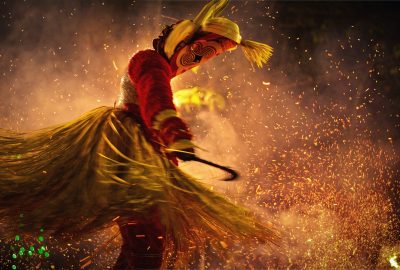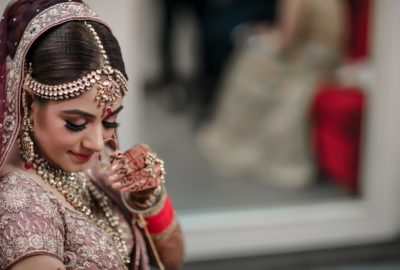Marriage is an important and sacred institution when people find each other to take care, support, and love for all their life.
Also, marriage is needed for procreation and giving inheritance rights. It will be interesting to consider the history of marriage in India to see how through the time the approach to the matrimony was changed.
How long have arranged marriages been known?
At the heart of Indian matrimonial tradition lays arranged marriage. They were known even in the fourth century. In those days marriages were made when the bride and groom were teenagers. Their parents searched for a prospective life partner with the help of a middleman or matchmaker. Matchmakers analyzed the horoscopes of the bride and the groom and offered the most suitable date and time for the marriage ceremony. Generally, when these families were from different towns, the groom’s family visited the bride’s family and the ceremony took place at the bride’s home.
What were the views on marriage and love at that time?
We can find several references to polygamy and polyandry based on different social and political reasons in the history of marriage in India.
To fall in love before marriage is equivalent to the criminal act, but historical and cultural heritage keeps mentions about mutual affection between princes and princesses.
How was the process of choosing the partner?
In medieval times, in India was popular a Swayamvars tradition. It was used primarily by the kings for their daughters. Girls were able to choose grooms by themselves, and the choice was based on the pretenders’ abilities.
Social events, wars, the influence of diversity of culture changed the perception of marriage and later a sacred marriage became a material transaction. A woman was equated with something tangible that could be exchanged.
Monogamy vs polygamy in Indian history of marriage
Ancient texts which talk about the way of life give us information that Aryans were monogamous, but in the Mahabharata, the famous Hindi epic, we can find mentions about polygamy and polyandry. For example, polygamy was popular among Kshatriyas.
What was a woman’s place in Medieval India?
Marriage was a necessary condition for all girls in medieval India, but there were exceptions when they preferred asceticism.
Political anarchy had an impact on the marriage institute so in Medieval India, child marriages began to appear. Modernization and globalization make changes in the vision of a woman’s place and society revised the position in relation to child marriage.
After marriage women became a part of her spouse’s family and lived with them. At the same time, certain couples tried to live separately from their parents. In any case, the husband should take care of his wife’s prosperity.
When the bride’s parents searched the partner of life for their daughter their choice was based on Shastric ideas: they took into account the nature of his actions, his education, family, etc.
The history of marriage in India is varied and ambiguous, and nowadays we should remember that the main idea of marriage is to join two souls together for all their life.



